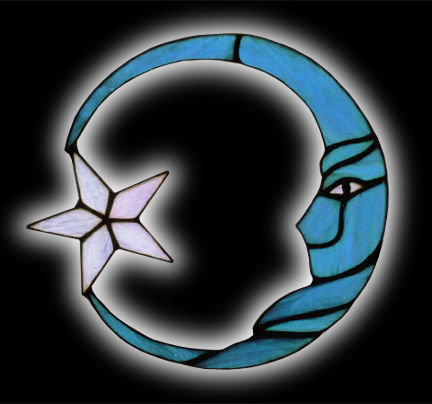The crescent moon and star symbol dates back several thousand years. Information on the origins of the symbol are difficult to ascertain, but most sources agree that these ancient celestial symbols were in use by the peoples of Central Asia and Siberia in their worship of sun, moon, and sky gods.
The star and crescent (with the crescent under the star, which was simply a round circle) were also widely used in ancient Ethiopia and South Arabia (modern day Yemen and southern Saudi Arabia). Its image can still be seen on the Hawulti at Matara, Eritrea and all of the Aksumite coins prior to its conversion to Christianity, for example. According to some reports, the Greek colony of Byzantium also used the emblem on their flag as an official governing symbol.
In 339 BC the city of Byzantium, (later known as Constantinople and then Istanbul), won a decisive battle under a brilliant waxing moon which they attributed to their patron Goddess Artemis whose symbol was the crescent moon In honor of Artemis the citizens adopted the crescent moon as their symbol. When the city became the Christian Constantinople in 330 AD, Constantine also added the Virgin Mary's star on the flag. When the Ottoman Turks conquered Constantinople (Istanbul) in 1453, they adopted the city's existing flag and symbol.
The crescent moon and star were not completely abandoned by the Christian world after the fall of Constantinople. Even today the Orthodox Patriarch of Jerusalem official church flag is a labarum of white with a church building with two towers and on either side of the arms, at the top, are the outline in black of a crescent moon facing center, and a star/sun with rays.
The star possibly symbolizes Venus. Venus indeed may often appear prominently close to the Moon at the first sighting of the new crescent after New Moon, usually shortly after sunset.
Information source: Wikipedia





